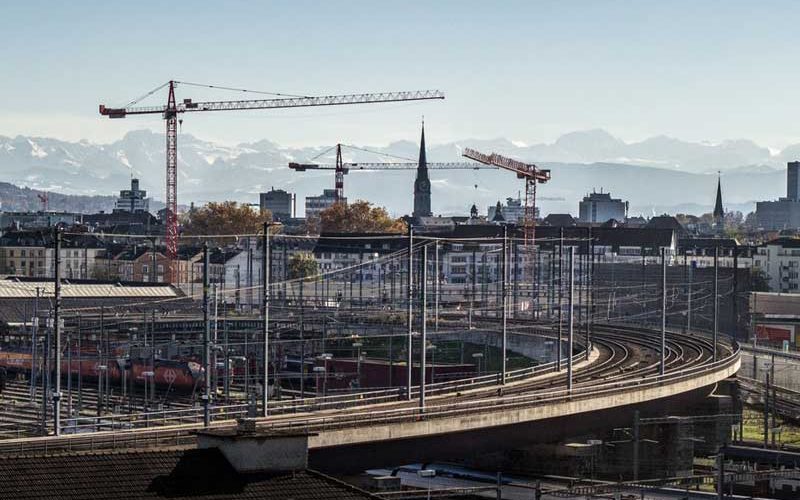I’ve been focussing on some project requirements recently and have been reminded that it is useful, when discussing requirements, to think about what finished – or simply ‘good’ – looks like.
In the white heat of delivery, it is easy for people to get carried away, but it is also important to remember that every project should have an “end state” in mind. That is, a vision of how the world will look when the project is finished.
This can be a concrete, tangible idea (The room will be decorated) or even, possibly, an emotional response (I will be happy and settled in a new home). It can be very specific (We need to save £80 a year on our household bills) or fairly vague (We need to save more money). But either way, if you do not have a sense of your destination, you are not ready to start your journey.1
When talking to clients about their projects, I’ve always found it illuminating to ask them to picture how they see the end state. This can be for two reasons. Obviously, the first – and most alarming – could be that they have absolutely no idea. You may think that’s a disaster. I think it’s great – we just saved a heck-load of wasted effort. But it’s a great starting point to start moving them down the road from a high-level vision, through the perceived benefits to the meat and bread of the project objectives and what we ought to be doing. The second reason it’s an illuminating question is it can take you much deeper into your client’s mind and give you a much fuller understanding of the project.
It’s been surprising to me over the many years of project delivery, how frequently the reasons for a project seemed obvious to me, only for a conversation like this to show me that the ‘obvious’ reasons I had assumed were in fact not the reasons at all. Sometimes these realisations have been really pleasing too (e.g. “I thought this was just a money-saving exercise, but it turns out it will hugely improve work-life balance for the whole department; and if there are no savings, that’s not an issue.”)
Two final tips that I have found helpful when looking at a project end state:
- Don’t let ‘perfect’ be the enemy of ‘good’. In other words, don’t over-engineer your solution. Don’t aim for a gold-plated, luxury-quality outcome when bronze-plated does the job just right. A lot of people (and by people I mean predominantly sponsors) think that they want a ‘perfect’ result. Perfect comes with a price tag. More often than not, what they actually want is just ‘really good’, not perfect. Help them to see that. However, this advice comes with a counterpoint…
- Don’t let ‘good’ be the enemy of ‘perfect’. In my projects, I have found that perfect is actually quite achievable – as long as we all agree what perfect looks like and are prepared to go for it. Don’t settle for ‘good’ on your projects when, with a little additional effort, ‘perfect’ is quite achievable.
These two tips might seem contradictory, but I believe they’re completely compatible. It’s all about defining your end state clearly and making sure that it is both good and where necessary perfect.
Try it yourself and let me know your thoughts in the comments.
To receive these blogs, project management tips and video tutorials straight to your inbox click here to sign up to our newsletter.
1 This comment is specific to projects. When it comes to life in general, I do subscribe to the view that you don’t need a destination to start travelling and enjoy the journey.

